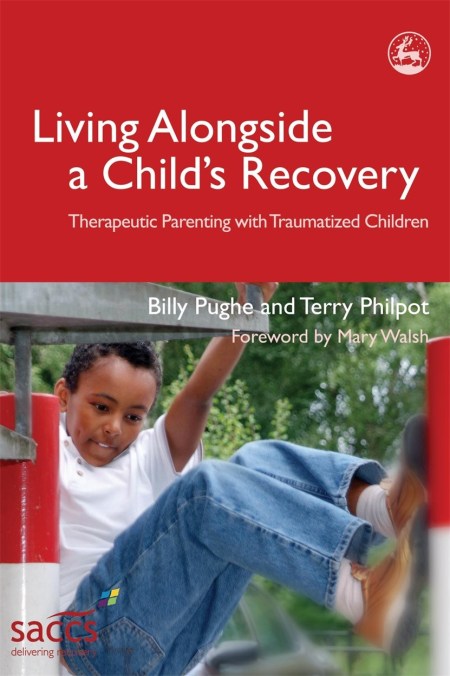Living Alongside a Child's Recovery
On sale
15th December 2006
Price: £19.99
Conventional parenting is not adequate to address the needs of children whose emotional development has been frozen, distorted or interrupted as a result of trauma. Therapeutic parenting is a psychodynamic model of parenting tailored for traumatized children, providing a safe, secure environment in which the traumatized child will have the best opportunity to recover.
Living Alongside a Child’s Recovery asserts that a good understanding of child development and attachment theory is essential to effective therapeutic parenting of a traumatized child, and the book details the roots of trauma as well as the impact this has on a child’s ability to maintain normal family bonds, whether with birth parents, foster parents or with staff in a residential setting. It also explains the practicalities of carrying out effective therapeutic parenting, including how to design a therapeutic physical environment, the importance of routine and security, how to approach issues of hygiene and organizing mealtimes. The authors examine individual and group work settings, and also explore transitions; how to manage a child’s move to a permanent placement while at the same time ensuring that their needs are prioritized.
This book forms part of SACCS’ integrated approach and is an ideal accompaniment to The Child’s Own Story: Life Story Work with Traumatized Children by Richard Rose and Terry Philpot and Reaching the Vulnerable Child: Therapy With Traumatized Children by Janie Rymaszewska and Terry Philpot, both of which also feature in the Delivering Recovery series.
Living Alongside a Child’s Recovery asserts that a good understanding of child development and attachment theory is essential to effective therapeutic parenting of a traumatized child, and the book details the roots of trauma as well as the impact this has on a child’s ability to maintain normal family bonds, whether with birth parents, foster parents or with staff in a residential setting. It also explains the practicalities of carrying out effective therapeutic parenting, including how to design a therapeutic physical environment, the importance of routine and security, how to approach issues of hygiene and organizing mealtimes. The authors examine individual and group work settings, and also explore transitions; how to manage a child’s move to a permanent placement while at the same time ensuring that their needs are prioritized.
This book forms part of SACCS’ integrated approach and is an ideal accompaniment to The Child’s Own Story: Life Story Work with Traumatized Children by Richard Rose and Terry Philpot and Reaching the Vulnerable Child: Therapy With Traumatized Children by Janie Rymaszewska and Terry Philpot, both of which also feature in the Delivering Recovery series.

